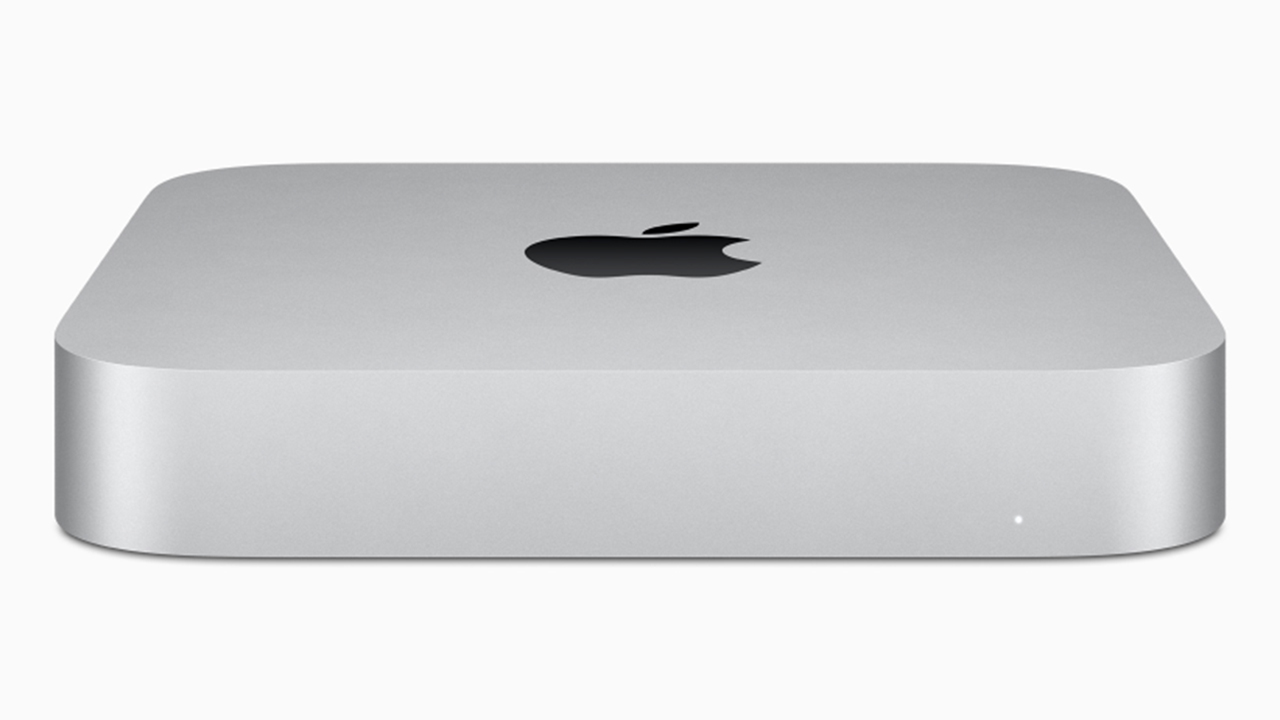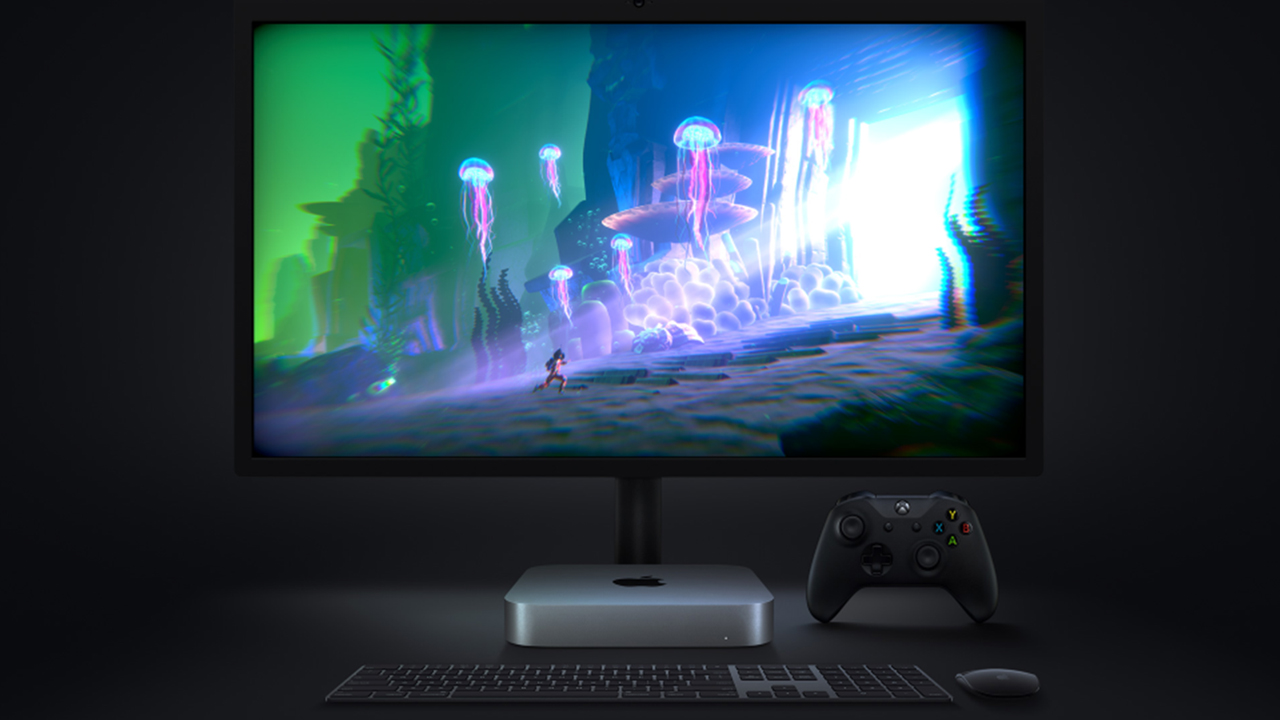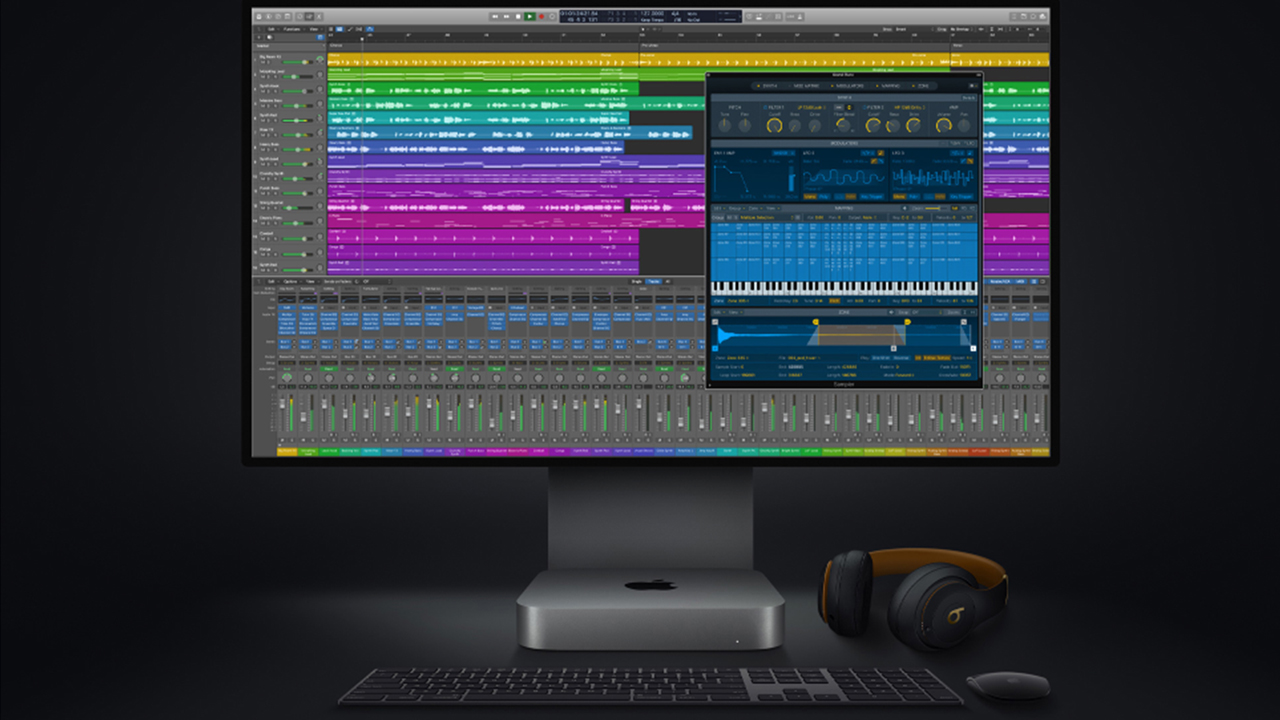The new Mac Mini is a big step forward for Apple machine. After years of rumours, Apple finally lifted the lid on the company’s first Mac processors designed and manufactured in-house, dropping Intel in some machines. One of those computers was the Mac mini, Apple’s smallest desktop option which had previously struggled to find a niche for itself.
Now, though, the Mac mini has come into its own. That’s because the M1 chip essentially manages a little bit of everything - the CPU, GPU, and plenty more. This 8-core chip offers a threefold speed improvement on the previous generation, making it a powerhouse computer at a mid-range price. That also means that while Apple still offers a more expensive Intel version of the Mac mini, it’s nigh-impossible to recommend.
Whichever model you pick up, though, you’ll need to add a few extras to your basket. Unlike the iMac range of all-in-one PCs, the Mac mini is just a box and a power cable - so you’d need to buy a keyboard, mouse, and even a monitor if you want to use it.
That takes the gloss off the price, somewhat, but the joy of the Mac Mini is that it’s capable of powering almost anything you throw at it. It sits highly on our list of the best home computers, and here's what you need to know.
Apple Mac Mini: Specs
The M1 Mac Mini is one of Apple’s more affordable computers, but still has plenty of power. That means it’s a great all-rounder, whether you’re using it for personal or professional use. If you’re just using it for web browsing, emails and social media, it’ll do the job exceptionally well, while still having plenty of overhead for photo editing, audio recording, or even gaming.
When looking at the raw stats, it’s tough to comprehend how much power comes from such fairly low numbers. Take the Mac mini’s RAM, for example. While it starts at 8GB and can reach 16GB with configuration at purchase, it’s difficult to comprehend the amount of power and speed - even when compared to other Macs with higher RAM setups.
As for storage, the base option is a 256GB SSD, but can be configured up to 2TB. That’s pricey, but because storage is controlled by the M1, you’ll be getting massive read/write speeds regardless of the drive’s size.
Connection-wise, there’s support for the latest Wi-Fi standard (Wi-Fi 6) as well as Gigabit Ethernet, as well as an HDMI 2.0 port for connecting to an external display. There’s also Thunderbolt ports for rapid transfer, or for connecting to compatible monitors. In fact, the Mac mini can support two monitors at once - a 6K screen via Thunderbolt, and a 4K screen via HDMI 2.0.
There’s also support for Bluetooth 5.0, meaning you can easily hook up wireless peripherals (including Apple’s Magic Keyboard and Mouse) without needing to use one of the two USB-A ports on the rear.

Apple Mac Mini: Features and compatibility
With the existing software library for Mac built for Intel chips, there’s somewhat of a transition going on. At present, apps not built for the M1 will still run using Apple’s “Rosetta” emulation - but outside of a brief moment when booting it for the first time, you won’t notice a different.
That said, all of Apple’s own apps, and a growing number of third-party options, are firing on all cylinders on the new architecture. While the transition is slated to take place over a couple of years, it’s clear developers are moving to M1 versions of their apps already.
But what does the M1 really offer? Aside from smaller, quality-of-life changes like instant-waking and a whisper-quiet design, there are larger changes, too. For one, M1 Macs can run iPhone and iPad apps from developers that opt in.
The other big step up is that the M1 Mac Mini offers an 8-core GPU which offers a 6x jump in graphics performance. That makes it much more capable for gaming than other Macs, as well as endlessly capable for anyone doing photo or video editing, too.

Mac Mini vs iMac
If you’re more keen on a computer with a display, keyboard and mouse straight out of the box, then the iMac is still a great choice, but there is a sizeable caveat.
At present iMacs still use Intel processors, which means it’s likely they could be next for the M1. With that in mind, the iMac could be due a sizeable performance boost, so buyer beware.
Apple Mac Mini: User reviews
At the time of writing, the M1 Mac Mini has an impressive 4.7 out of 5 score on Amazon US, with reviewers noting its Value for Money as one of its better features.
On BestBuy, there’s an impressive 4.6 rating from 117 reviews, with particular praise given to its Ease of Use.
Apple customer service
Apple offers a one year warranty period for all products, but its premium AppleCare insurance can extend that to three years for $14.99.
Doing so means that you can reduce the amount you pay for a repair (twice a year), and also means 24/7 technical support. The Mac Mini is likely to be sat on a desk, and doesn’t have a screen, and so is unlikely to be needing too many repairs, but with apps still being coded to take full advantage of the M1, the technical support aspect of AppleCare is perhaps more important.

Should you buy an Apple Mac Mini?
If you already have a display, a keyboard and a mouse, the Mac Mini is such a step-up from the previous generation that it’s inarguably the best way to jump into macOS.
It’s far ahead of the iMac, and its power is likely to keep it ahead of similarly priced Windows-based machines for quite some time, too.
Which Apple Mac Mini should you choose?
Of the “off the shelf” options, it’s hard to make a case for the Intel-based Mac Mini - particularly since it’s processor is a few years old, at this point in time.
That leaves the M1 options, and while you can’t go wrong with either, the lack of upgradeable options after purchase mean you’ll likely want to opt for a larger SSD out of the gate.

